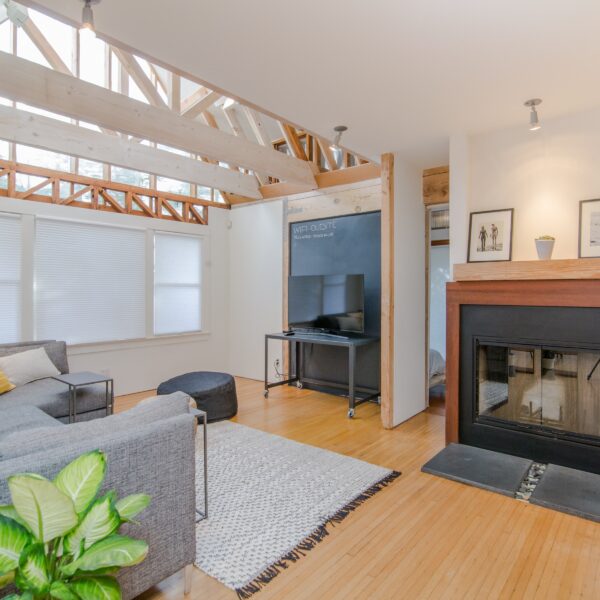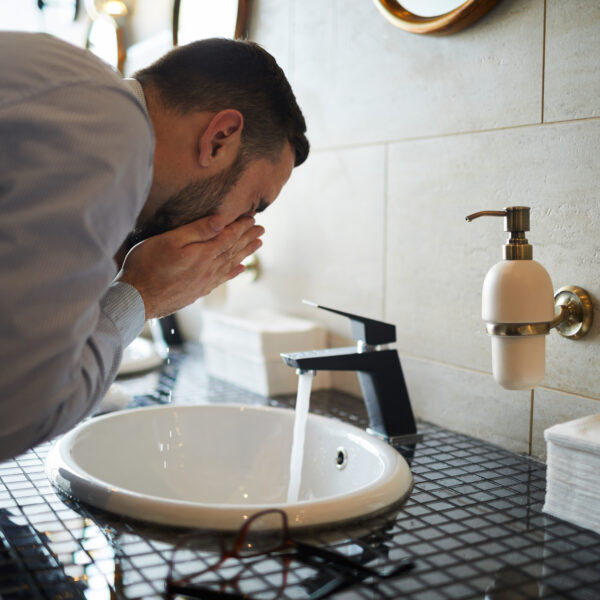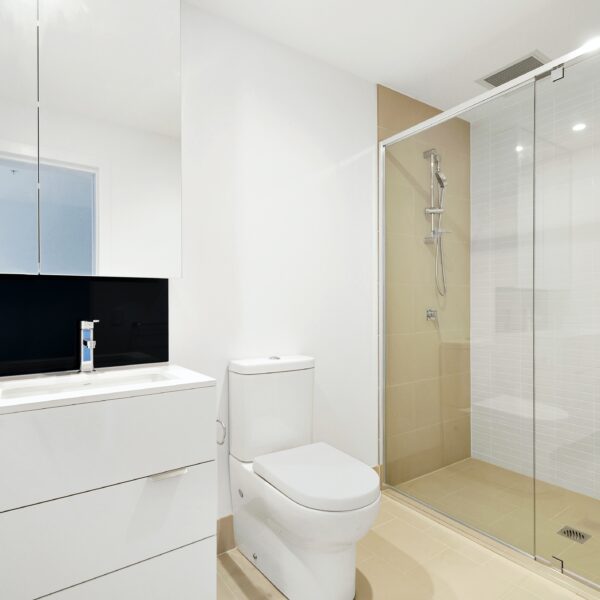Today, protecting the environment, limiting our carbon footprint, and reducing our demand for limited resources are critical considerations. If you’re planning to build a green house, you will need to know several things to ensure that you’re able to do your part to benefit the environment while also saving money. If you need green house plans, you can find them with Truoba House Plans, but you will also need to understand a few critical elements about green home construction.
Windows Make a Critical Difference
One of the most important considerations when building a green house is energy consumption. While investing in things like solar panels, improved insulation, and EnergyStar-rated appliances help, one often overlooked aspect of the home is your choice of windows. Why? Windows:
- Allow light into a home
- Can allow unwanted heat into a home
- Can allow heated/cooled air to escape into the environment
- Can allow drafts into the home
High-performance windows can dramatically reduce the amount of conditioned air that escapes, keeping your home more comfortable throughout the entire year. What that means is your A/C or heater will cycle less often, using less energy. This reduces your overall energy consumption, reduces demand on the grid, and also benefits your wallet.
Plus, with the right windows, you can achieve those goals without sacrificing natural light. Double and triple-pane windows, UV light filters, and improved construction materials all help create higher-performing windows that look amazing and do an incredible job.
Building to Code Is Not Enough
Local building codes are designed to be “good enough”. In most areas of the country, they seek to find a balance between environmental impact and homeowner safety. Some areas of the nation have seen newer codes introduced that aim to reduce energy consumption, such as air sealing.
The challenge here is that these do not do enough to protect you and your family. Air sealing can reduce energy consumption, but it can also lead to moisture buildup within the home. This can in turn cause mold and mildew to form, become home to allergens and viruses, and harbor other threats. Building to local code is not enough to ensure your health and happiness, or to even create a truly green home.
It’s important to go beyond those codes if you want a green home that will protect both the environment and the health of your family. With air sealing, you need to have a means of moisture control. You also need to ensure that any threats moving through the air ducts are handled immediately (such as through applying ionization and UV light to kill bacteria, mold, and viruses while they’re in the air).
Design for Human Health and Comfort
In the quest to design a green home, it can be easy to lose sight of the most important element – the home should be designed with the health and comfort of your family in mind. Yes, energy efficiency is important. Yes, limiting your impact on the environment is vital. However, neither of those should trump human comfort, enjoyment, and safety. If it does, your experience in the home will be less than ideal, and it’s entirely possible that you will regret your investment. When designing a green home, remember a few key tips to maximize human health and comfort:
- Use Natural Lighting: Use natural light through windows and glass doors to help reduce your need for artificial light during daytime hours. No room of the home should be without at least one good-sized window. Even bathrooms can benefit from frosted windows (if privacy is a concern) that still allow plenty of light into the home.
- Invest in an Indoor Air Quality Monitor: Indoor air quality is incredibly important and has a massive impact on your health. An indoor air quality monitor that measures particular matter helps you keep an eye on your health and the quality of your indoor air.
- Find Thermal Leaks: Thermal leaks are areas of the home where heated (or cooled) air escapes into the environment, and where outdoor allergens and threats can enter the home. Using an infrared camera, you can spot these leaks around the home, allowing you to address them immediately.
Conclusion
A green home can be beneficial for the planet, but also for you and your family. Plan accordingly and you will reap significant rewards.
Image Credits: Viktor_Birkus




Like this article? Share with your friends!